Envision
Glossary of Port and Shipping Terms – 4
Backhaul
To haul a shipment back over part of a route that it has already travelled, return movement of cargo, usually opposite from the direction of its primary cargo destination.
Ballast keel
A heavy keel fitted to vessels to lower the centre of gravity and improve stability.
Ballast tanks
Compartments at the bottom of a ship that are filled with liquids for stability and to make the ship seaworthy.
Beam
The width of a ship.
A place in which a vessel is moored or secured; place alongside a quay where a ship loads or discharges cargo.
Berth term
Shipped under a rate that does not include the cost of loading or unloading.
Berth dues (or quay dues or dockage)
Charges for the use of a berth. Typically assessed based on the duration of a vessel’s stay and length overall (LOA).
Bill of lading
A document that establishes the terms of contract between a shipper and a transportation company. It serves as a document of title, a contra
Bond port
Port of a vessel’s initial customs entry to any country; also known as first port of call.
Bonded warehouse
A warehouse authorized by customs authorities for storage of goods on which payment of duties is deferred until the goods are removed.
Break bulk
Loose, non-containerized cargo stowed directly into a ship’s hold
Broker
A person who arranges for transportation of loads for a percentage of the revenue from the load.
Build-operate-transfer (BOT)
A form of concession where a private party or consortium agrees to finance, construct, operate and maintain a facility for a specific period and transfer the facility to the concerned government or port authority after the term of the concession. The ownership of the concession area (port land) remains with the government or port authority during the entire concession period. The concessionaire bears the commercial risk of operating the facility.
Build-own-operate-transfer (BOOT)
A form of concession where a private party or consortium agrees to finance, construct, own, operate and maintain a facility for a specific period and transfer the facility to the concerned government or port authority after the term of the concession. The ownership of the concession area (port land) vests in the private party or consortium during the entire concession period and is transferred to the government or port authority at the end of the concession period. As with the BOT, the concessionaire bears the commercial risk of operating the facility
Bulkhead
A structure to resist water, a partition separating one part of a ship from another part
All vessels designed to carry bulk cargo such as grain, fertilizers, ore, and oil
Bunkers
Fuel used aboard ships.
Cabotage
Shipments between ports of a single nation, frequently reserved to national flag vessels of that nation.
Cargo tonnage
Ocean freight is frequently billed on the basis of weight or measurement tons. Weight tons can be expressed in terms of short tons of 2,000 pounds, long tons of 2,240 pounds, or metric tons of 1,000 kilograms (2,204.62 pounds). Measurement tons are usually expressed as cargo measurements of 40 cubic feet (1.12 cubic meters) or cubic meters (35.3 cubic feet).
Any person or entity who, in a contract of carriage, undertakes to perform or to procure the performance of carriage by sea, inland waterway, rail, road, air, or by a combination of such modes.
Cartage
Intraport or local hauling of cargo by drays or trucks (also referred to as drayage).
Chassis
A frame with wheels and container locking devices to secure the container for movement.
Classification yard (also commonly known as a shunting yard)
A railroad yard with many tracks used for assembling freight trains.
Cleaning in transit
The stopping of articles (such as farm products) for cleaning at a point between the point of origin and destination.
Clearance
The size beyond which vessels, cars, or loads cannot pass through, under, or over bridges, tunnels, highways, and so forth.
Cleat
A device secured on the floor of a container to provide additional support or strength to a cargo-restraining device, or a device attached to a wharf to secure mooring lines.
Common carrier
A transportation company that provides service to the general public at published rates.
Concession
An arrangement whereby a private party (concessionaire) leases assets from a authorized public entity for an extended period and has responsibility for financing specified new fixed investments during the period and for providing specified services associated with the assets; in return, the concessionaire receives specified revenues from the operation of the assets; the assets revert to the public sector at expiration of the contract.
Conservancy
In some countries, this fee is levied to retain upkeep of the approaches to waterways and canals.
Consolidation
Cargo consisting of shipments of two or more shippers or suppliers. Container load shipments may be consolidated for one or more consignees.
Steel or Aluminum frame forming a box in which cargo can be stowed meeting International Standard Organization (ISO)-specified measurements, fitted with special castings on the corners for securing to lifting equipment, vessels, chassis, rail cars, or stacking on other containers. Containers come in many forms and types, including: ventilated, insulated, refrigerated, flat rack, vehicle rack, open top, bulk liquid, dry bulk, or other special configurations. Typical containers may be 10 feet, 20 feet, 30 feet, 40 feet, 45 feet, 48 feet, or 53 feet in length, 8 feet or 8.5 feet in width, and 8.5 feet or 9.5 feet in height.
A dedicated port or container terminal area, usually consisting of one or more sheds or warehouses and uncovered storage areas where cargo is loaded (“stuffed”) into or unloaded (“stripped”) from containers and may be temporarily stored in the sheds or warehouses.
Container pool
An agreement between parties that allows the efficient use and supply of containers; a common supply of containers available to the shipper as required.
Container vessel
Ship equipped with cells into which containers can be stacked; containerships may be full or partial, depending on whether all or only some of its holds are fitted with container cells.
Container terminal
An area designated for the handling, storage, and possibly loading or unloading of cargo into or out of containers, and where containers can be picked up, dropped off, maintained, stored, or loaded or unloaded from one mode of trans[1]port to another (that is, vessel, truck, barge, or rail).
Container yard
A container handling and storage facility either within a port or inland.
Contraband
Cargo that is prohibited.
Contract carrier
Any person not a common carrier who, under special and individual contracts or agreements, transports passengers or cargo for compensation.
Controlled atmosphere
Sophisticated, computer controlled systems that manage the mixture of gases within a container throughout an intermodal journey, thereby reducing decay.
Customhouse
A government office where duties are paid, documents filed, and so forth, on foreign shipments.
Customs broker
A person or firm, licensed by the customs authority of their country when required, engaged in entering and clearing goods through customs for a client (importer).
Cut-off time (closing time)
The latest time a container may be delivered to a terminal for loading to a scheduled barge, vessel, train, or truck.
Talk to us today to know how our solutions can accelerate your digital transformation
Let's Talk




.webp)
.webp)
.webp)





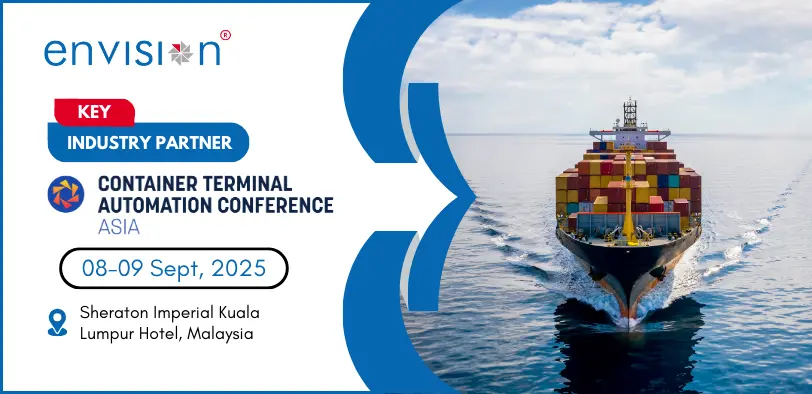
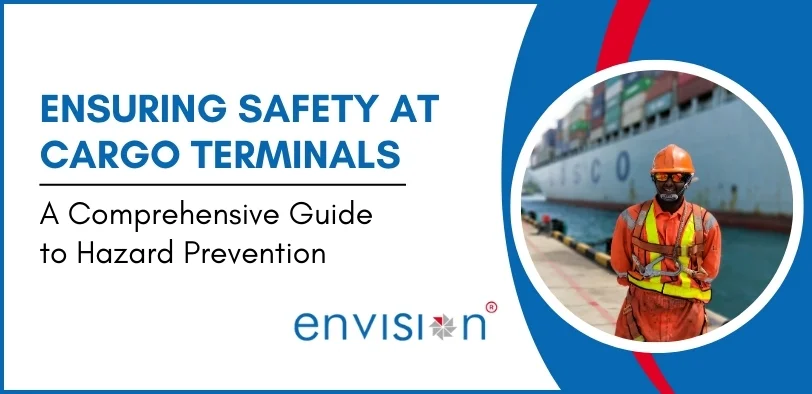

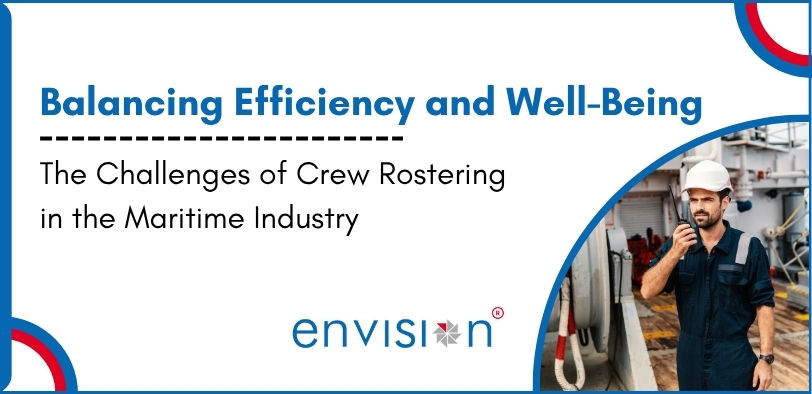
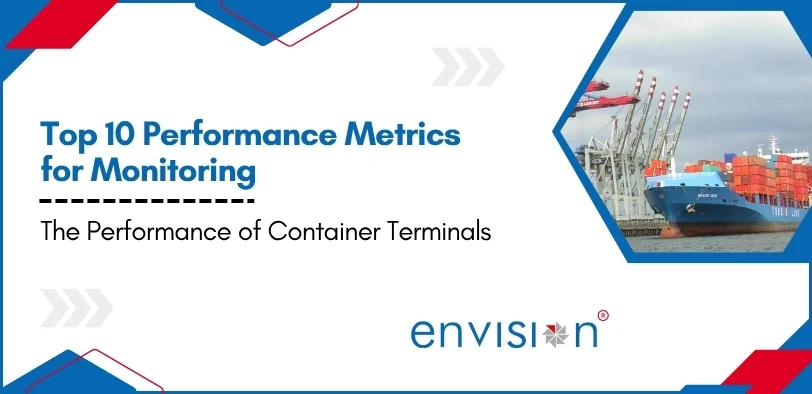

.webp)
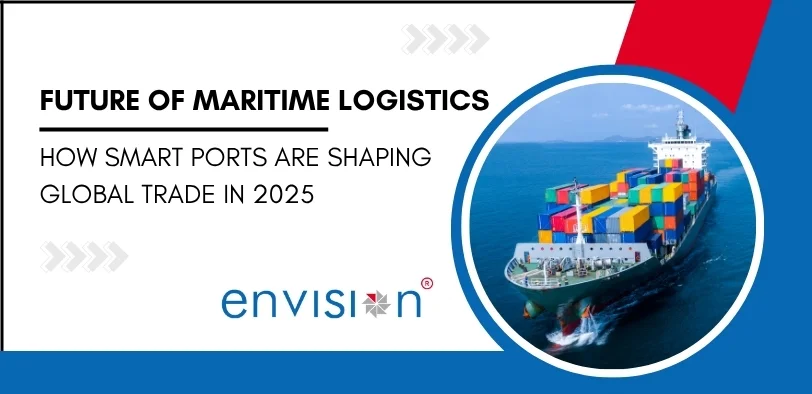







%20ver1_1.webp)







.webp)
.png)
.png)







































